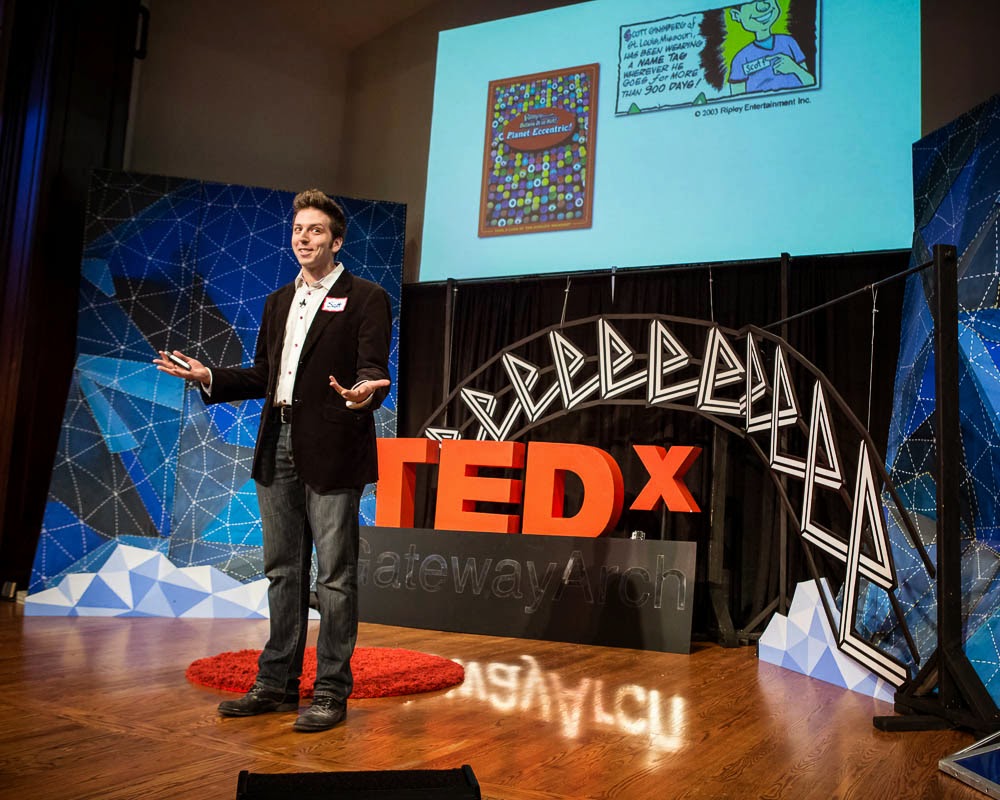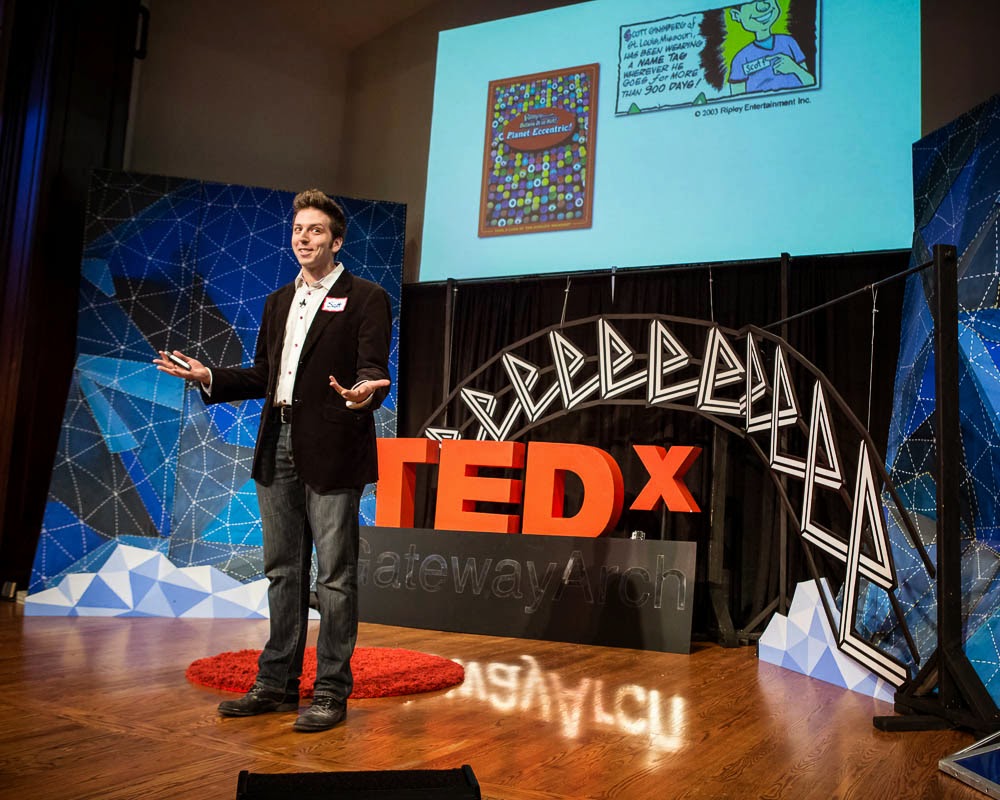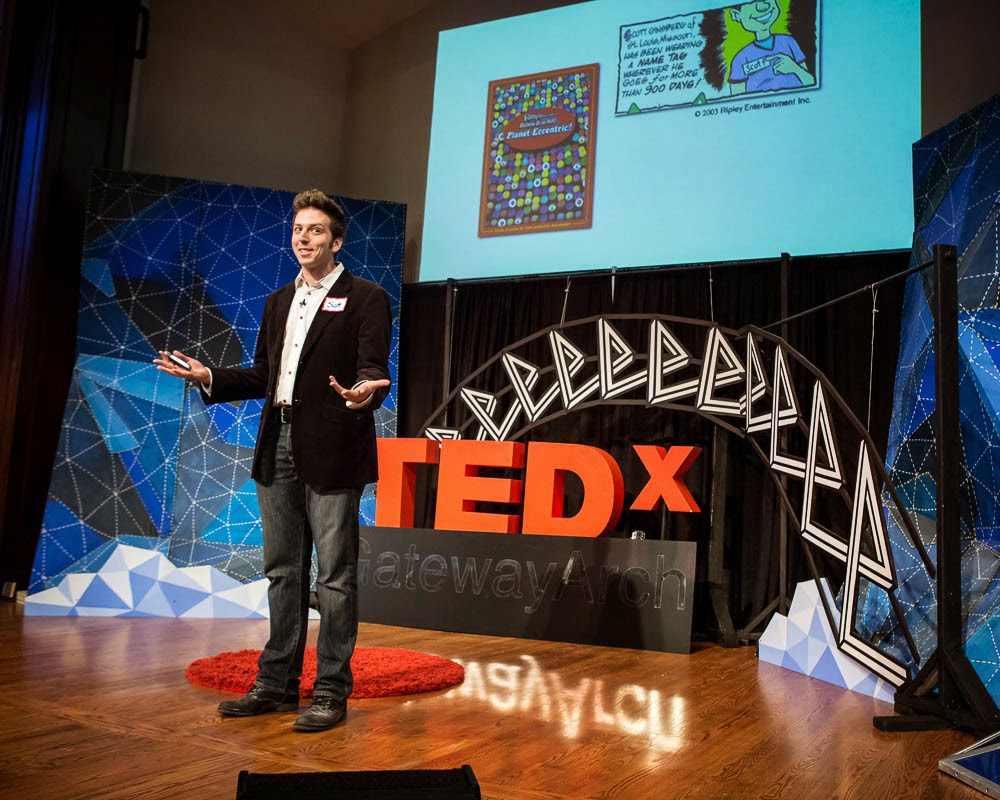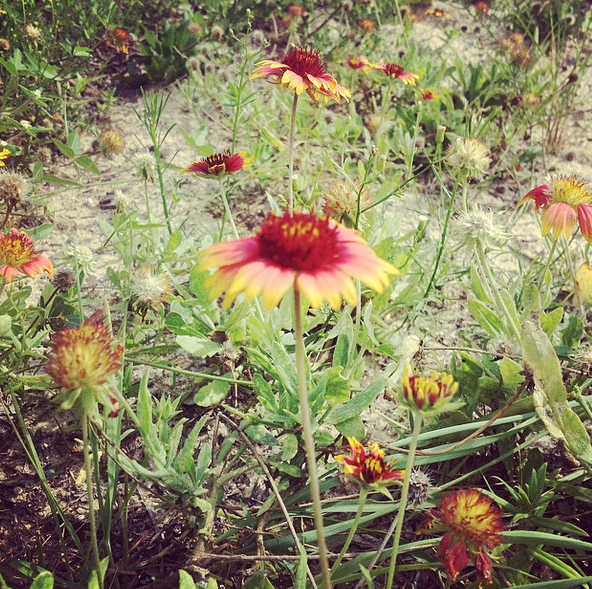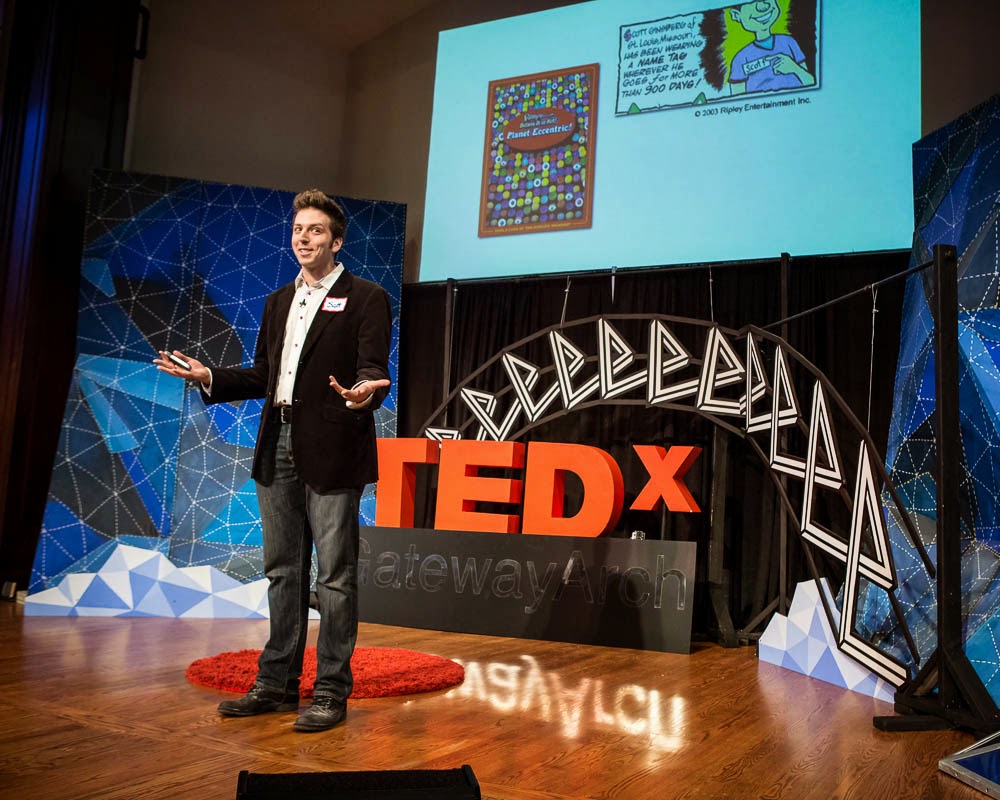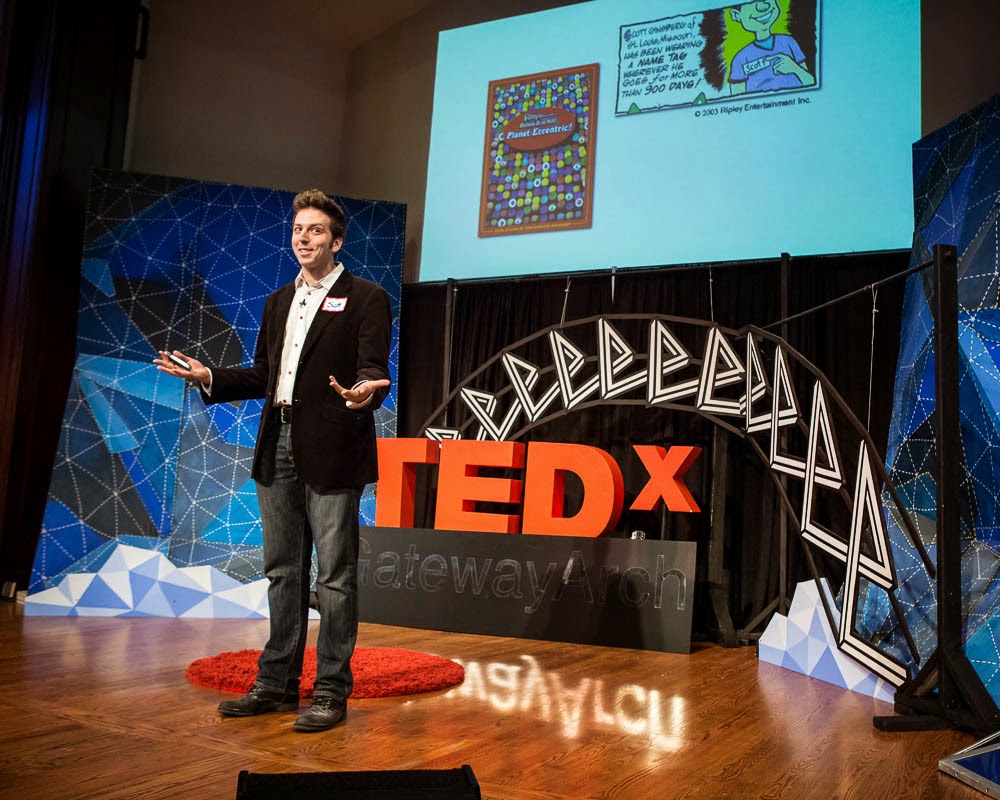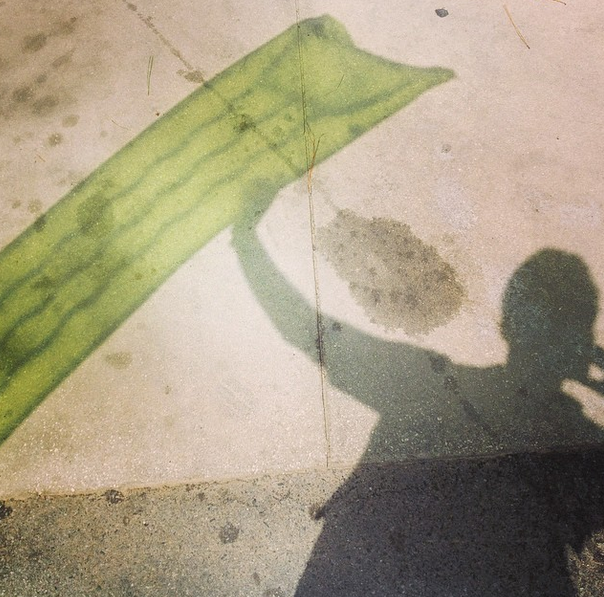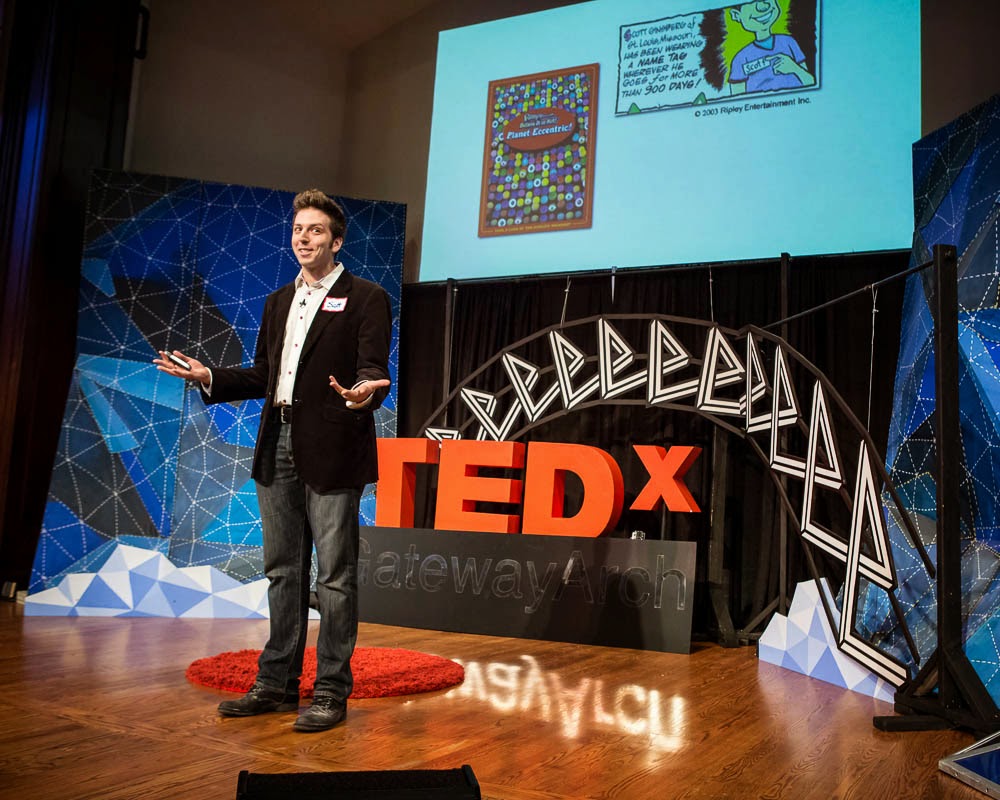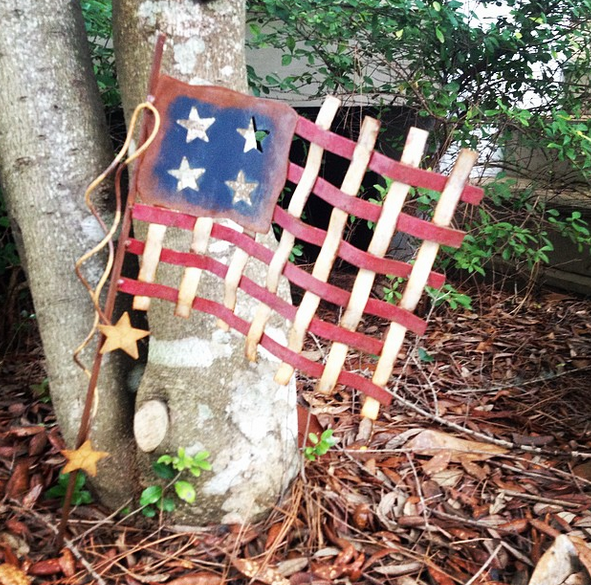
All creativity begins with the moment of conception.
That little piece of kindling that gets the fire going. That initial source of inspiration that takes on a life of its own. That single note from which the entire symphony grows. That single spark of life that signals an idea’s movement value, almost screaming to us, something wants to be built here.
And so, in this new blog series, I’m going to be deconstructing my favorite moments of conception from popular movies. Each post will contain a video clip from a different film, along with a series of lessons we can learn from the characters.
Today’s clip comes from the village scene from Romancing the Stone:
What can we learn?
Keep adding to the
collection. When you build a brand from the inside out, the market targets
you. By creating enough good in the marketplace, you become the bullseye
instead of the arrow. It’s a simple formula. The volume of daily output,
multiplied by originality of brand voice, divided by time, raised to the power
of consistency, equalsnew opportunities that find you through
the attraction of working.It’sreverse
target marketing, and it can only be created through incremental creative
action. Let’s use the example of an graphic illustrator. She spends two hours a
day, just drawing. Expanding her portfolio. Adding energy to the system.
Staying with herself as the world orbits around her. Because she trusts that
each time a new piece is published and added to her body of work, that’s one
more brick in her foundation of experience. One more milestone passed. One more
notch in her legacy belt. One more potential brand touch. One more extension of
her sentiments. The accumulation of which eventually kicks open the door of
opportunity. The painful part is, art takes a long time to pay for itself.
There’s no accounting for timing. Life has a mind of its own. Sometimes the
door of opportunity doesn’t swing open until we’re stranded in a third world
country with a gun to our heads. And so, all we can do is keep working. Keep
interest up on a mass scale, and keep putting things up on the shelf.What did you create today?
The outflow is out of our control. Joan never could have foreseen having a
loyal fan base in a small village south of the equator. But that’s the experience
of being a writer. Your creative river reaches places its source never knows.
Which can be both a blessing and a curse, depending on your mindset. The
ambient pressure of not knowing can be inspiring, but it can also spark internal
panic. The process of anchoring what you create to probability can be an
exhilarating dance, but it can also be profoundly exhausting. The daily shot
into eternitycan become beautiful horizon to point to, but it can also
feel like you’re just winking in the dark.And so, it’s another exercise in trusting the process. Not waiting,
necessarily, since waiting is remarkably taxing and provokes anxiety. Butbecoming
at ease with the state of not knowing.
Believing against all odds and all evidence that when the rivers of creative
water flow out of us, they will reach in blessing to even the ends of the
earth, regardless of how small the visible effects may be.Are you giving up the moment before the
miracle shows up?
Take your truth direct to market. Anything
that’s a barrier to getting our work in people’s hands is a problem. The goal
as creators is to build as many bridges as possible between us and our
audience. What’s charming about this movie is, back in the eighties, authors
had less to worry about. Joan wasn’t laying in bed with desperation etched on
her face, obsessively checking email on her phone, stressing herself out over
distribution conundrums. She just wrote the books and got on with her life.
Thirty years later, however, the marketplace is a little different. I recently
released a series of eight digital books on the same day. But when the evil forces
of technology decide to screw up my launch, I had to find a way to offer a
standby version of my books until the problem was resolved. The experience was
infuriating, but it taught me a valuable lesson about giving people something
to nosh on while you’re scrambling in the kitchen. I learned that by
intentionally creating this service event, I could deliver bonus value and come
out stronger than if nothing happened.How will you bridge the gap that exists between you and your potential
audience?
What did you learn?
* * * *
Scott Ginsberg
That Guy with the Nametag
Author. Speaker. Strategist. Filmmaker. Publisher. Songwriter.
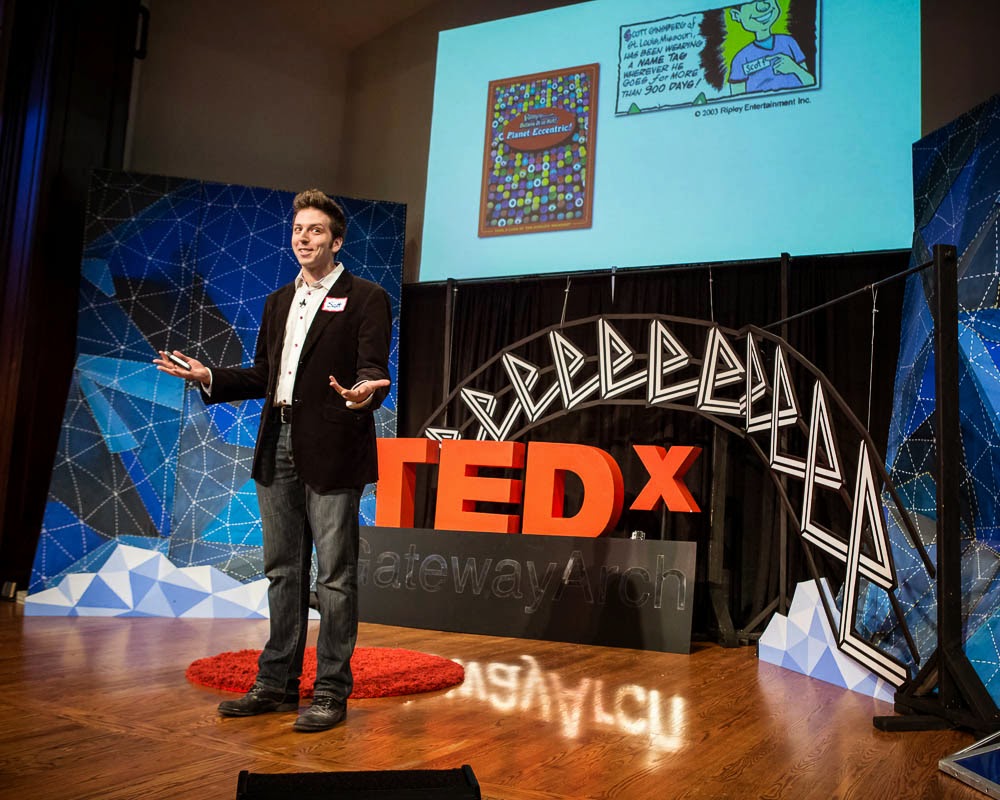
Never the same speech twice. Customized for your audience. Impossible to walk away uninspired.
Now booking for 2014-2015.
Email to inquire about fees and availability. Watch clips of The Nametag Guy in action here!


